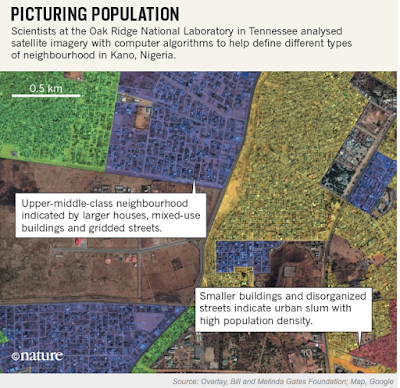The federal government’s failure to address a slew of issues relating to seniors means Canada is “woefully unprepared” to deal with its aging society, a Senate committee heard Tuesday.“Until such time as the Government of Canada makes decisions based on the demographic trends in aging … will we be able to make significant changes,” said retired senator Sharon Carstairs, who has spent decades working in and studying the fields of elderly and palliative care.Like every other rich country, Canada has high life expectancy (higher than the U.S.) and low fertility (lower than the U.S.), but it also has higher levels of immigration than most other countries. Still, the aging of the baby boomers (who provided a demographic dividend for Canada, just as they did for the U.S.) is problematic. Their economic productivity is at least perceived to lessen with age, just as their health care needs increase.
The issue of the aging population in Canada is of great interest to Social Development Minister Jean-Yves Duclos, his office said Tuesday. A spokesperson for Duclos pointed to several steps the government has taken in support of seniors, including restoring the age of eligibility for Old Age Security to 65 from 67, as the previous Conservative government had done.NO! That is exactly the wrong approach. As people live longer, society needs to support their economic productivity for as long as possible, rather than promoting more dependence. Don't they get it! And, speaking of who needs to get it, I put together the following chart from UN Population Division data. You can see that Canada, Germany, and China are all on track to have just slightly more than half of their population in the ages of 20-64 by 2070. Those are the people in every country who are going to have to suck it up for the older population. China has the more dramatic curve, and is almost certainly the least prepared. They need to pay attention to what other countries like Canada and Germany are doing, albeit choosing more wisely than Canada seems currently to be doing.





